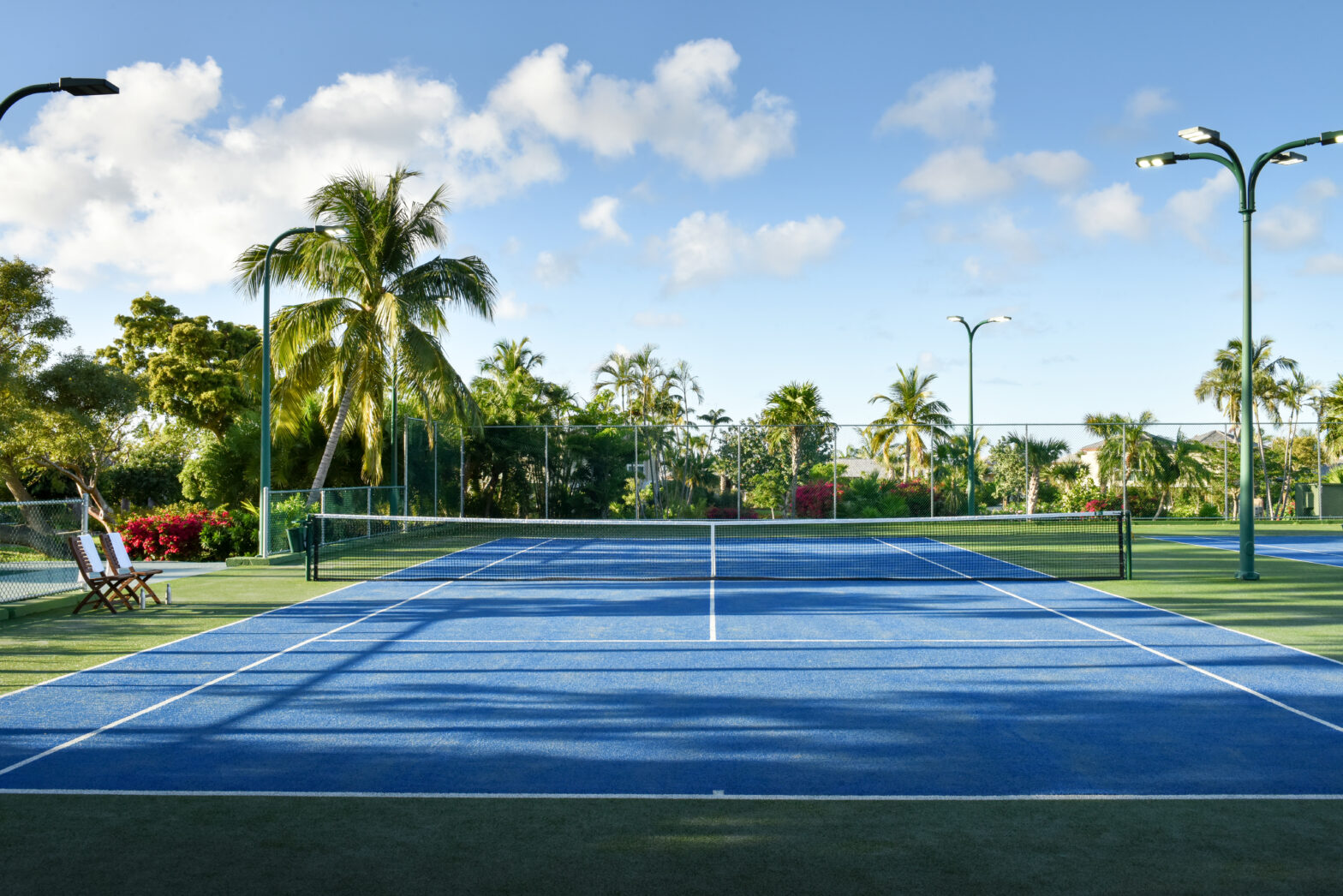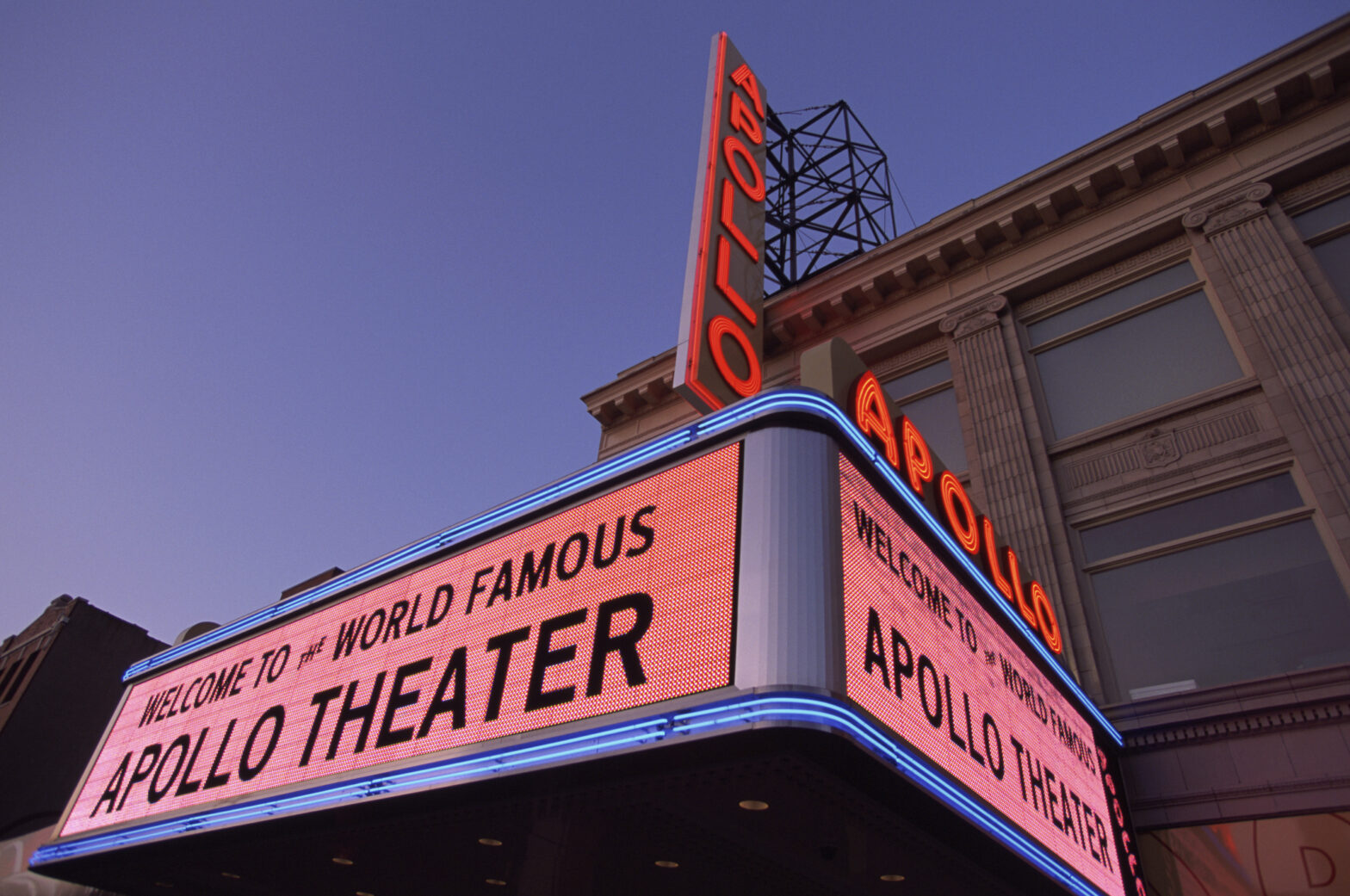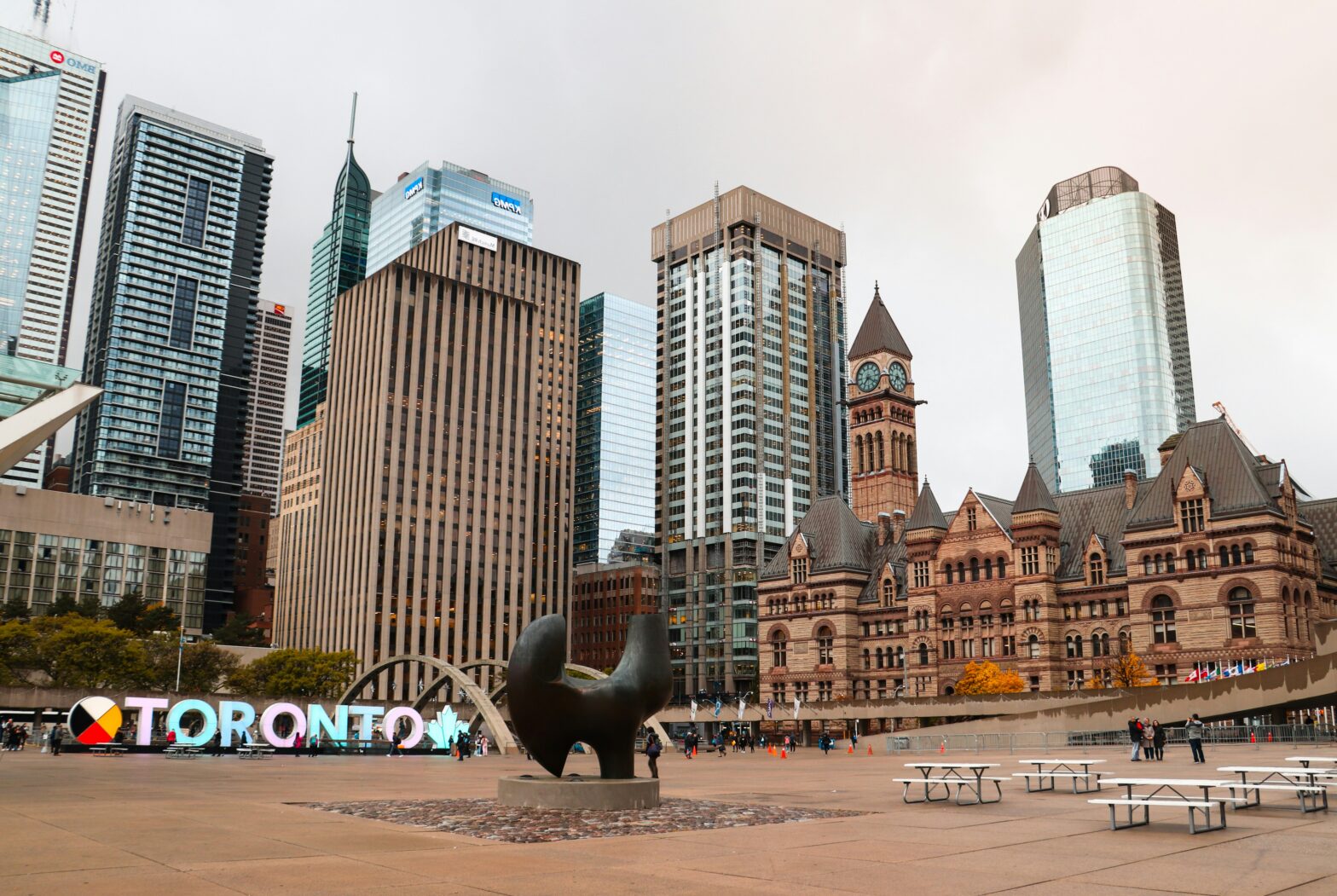If you’re planning a Caribbean getaway, why not consider a visit to the One Happy Island of Aruba?
That moniker didn’t spring from just anywhere, and you’ll see that for yourself. This friendly, cosmopolitan destination is one of the ABC islands, alongside Curaçao and Bonaire. It’s also part of the Lesser Antilles family, with St. Martin, the Virgin Islands, Guadeloupe, and several others.
Whether you’re going for the culinary experience, nightlife, or booze cruises, don’t let the diminutive size of Aruba fool you. It may only be 70 square miles, but every inch of it is packed with personality and adventure.
Here are eight facts about the culture and history of this Dutch island.
The Flag of Aruba Tells Its History
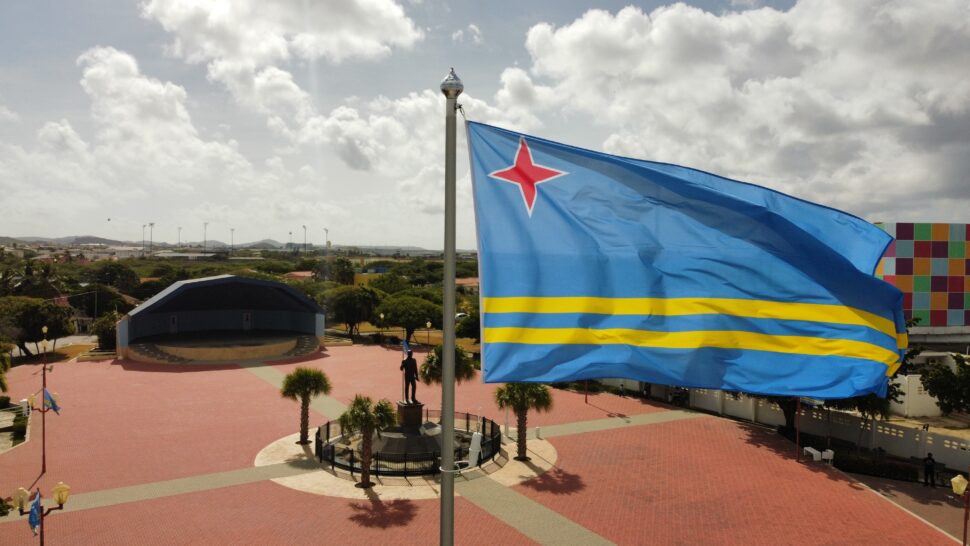
Aruba’s flag was adopted on March 18, 1976, and its four colors weren’t arbitrarily selected.
Blue symbolizes the ocean, yellow references abundance, red represents the love the locals have for their island, and white speaks to the color of the beaches. The star, or compass, is a nod to the island’s international composition.
One Of The Most Progressive Caribbean Islands
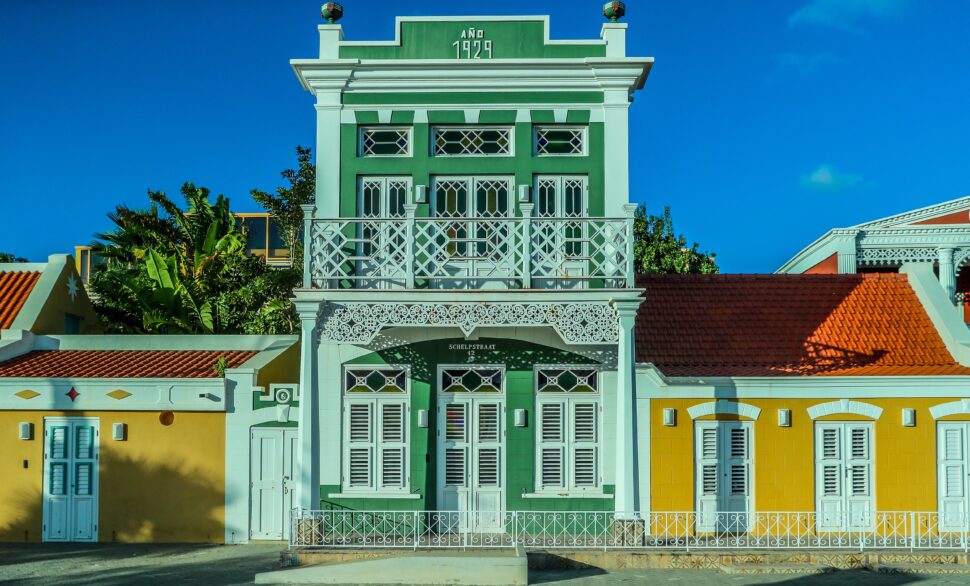
Aruba is one of the four countries that make up the Kingdom of the Netherlands. Oranjestad, the capital, resembles Amsterdam, and also like the Dutch capital, it’s quite LGBT+ friendly.
As one might expect, Dutch is Aruba’s most commonly spoken language. Others include English, Spanish, and Papiamento, which is Portuguese-based Creole.
If you speak any of the Romance languages, you’ll recognize some similarities with Papiamento.
Bon dia, bon tardi, and bon nochi resemble the same expressions for good morning, good afternoon, and good evening in Spanish and Portuguese.
There’s even a bit of German in Papiamento, if you can believe that! The word for thank you, is danki, which looks like the German danke.
Aruba Is Great To Visit Whenever You Choose

There’s really no such thing as a bad time to visit the island. It depends on how much you’re willing to spend, and what kind of vacation you want to have.
During the high season period, accommodations are expensive. Generally, the high season includes the fall and winter months, when most want to escape the chill. The low season is during the spring and summer periods.
As for hurricanes? They aren’t much of a concern in Aruba. Like Barbados and several other islands, Aruba is outside of the hurricane belt. That said, there are rainy periods, which are typically short in duration.
In addition to surprisingly reliable weather, Aruba is also quite safe, so long as you exercise common sense.
RELATED: Flamingo Island In Aruba: To Go Or Not To Go?
The Carnival Period Is Serious Business

Like its fellow Caribbean islands, Aruba takes Carnival seriously. You can expect great music, colorful costumes, and great vibes in the streets. It’s a treat for locals as well as tourists.
According to Victoria M. Razak, author of Carnival In Aruba, there are four phases of Carnival, historically. The First, Second, Third, and Fourth.
The origins date back to the 1920s, when many of the social clubs hosted costumed celebrations. Over time, carnival expanded and evolved into the beloved event it is today.
Getting There Won’t Be An Issue
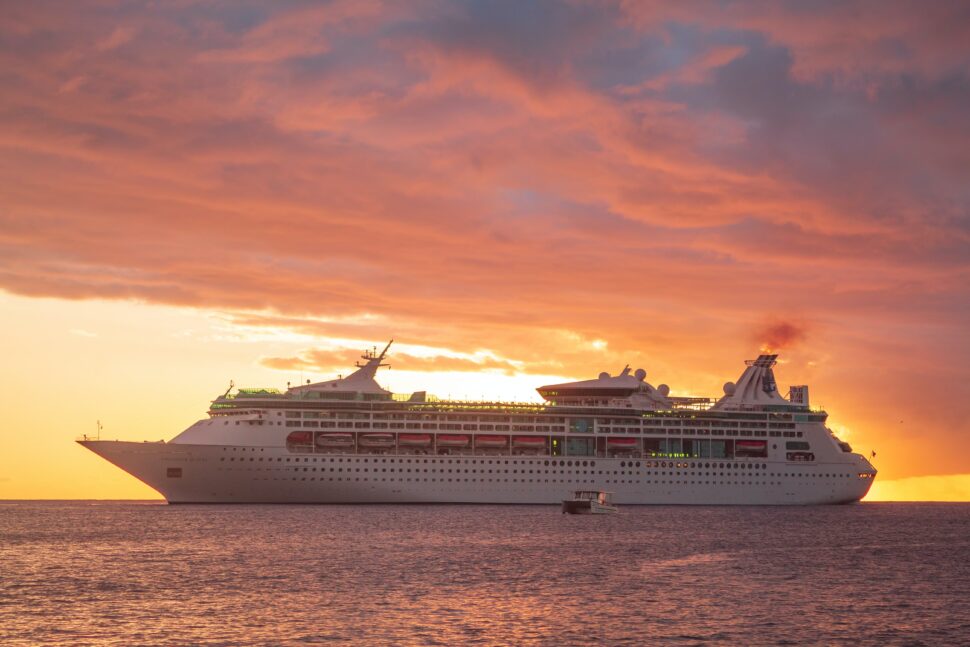
Access won’t pose a problem, whether you travel to Aruba by plane or boat.
According to Visit Aruba, “the airport welcomes over 150 flights every week from Atlanta, Baltimore, New York, Philadelphia,” and other cities.
You can also fly in from The Netherlands, Suriname, Bonaire, Curaçao, and other destinations.
Carriers that offer service to Aruba include American Airlines, Delta, KLM, and JetBlue, to name a few.
Aruba Has Great Beaches
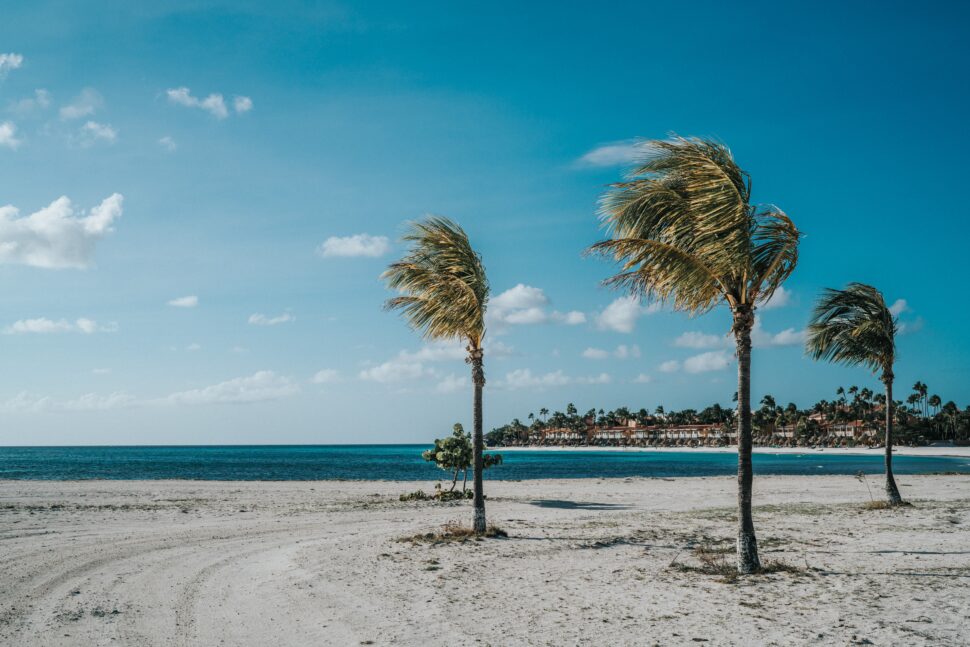
Aruba promises to deliver where beaches are concerned. Relax with a rum punch or zip around on a jet ski. It’s your getaway, and the choice is yours.
The most celebrated stretch of sand is Eagle Beach. Reviewers on Tripadvisor named it the number-one beach in the Caribbean this year.
Nearby accommodations include Amsterdam Manor Beach Resort, and the boutique Bucuti and Tara Beach Resort, which is only for adults.
Baby Beach, with its distinctive half-moon shape, is ideal for families with younger children. The clear blue waters are perfectly suited for anyone in your group who likes to snorkel.
The waters of Arashi Beach are calm, and the sunsets are nothing short of fantastic.
The Street Art Capital Of The Caribbean Is In San Nicolas

If you’re an artist or appreciate art, you will love Aruba’s art center of San Nicolas. It’s just a 30-minute drive from the capital.
San Nicolas has two nicknames. The commonly used Sunrise City and Chocolate City are a nod to its Black presence.
The large, colorful murals range from pop art to hyper-realism, and everything in between. New art is added each year. If you want to make eye-catching posts for your social media pages, the murals of San Nicolas provide the perfect backdrop.
You can venture on your own, or book a tour.
There Are Black-Owned Businesses To Support

We always encourage people to support Black-owned businesses wherever they travel, especially smaller destinations like Aruba.
Grab a coffee and pastry at Kulture Kafe, a cozy cafe owned by a Black couple.
For lunch or dinner, head to O’Niel Caribbean Kitchen. It was founded by Jamaican-born chef, Oneil Williams, who has lived in Aruba for many years. This may be the best spot on the island for jerk chicken, lobster curry, and other delicacies, and it has a 4.5 out of 5-star rating on Tripadvisor.
RELATED: Make The Beach Your Office With These Oceanside Workspaces in Aruba



